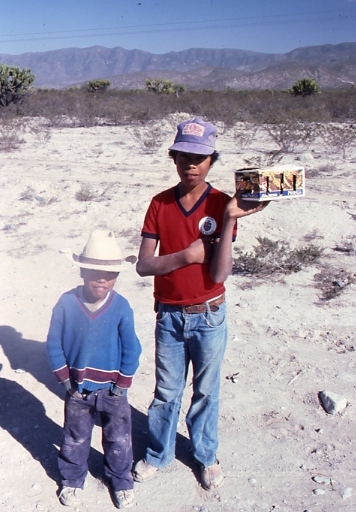In several previous posts we examined the megadiversity of Mexico’s ecosystems which include more than 10% of all the world’s living species.
- Mexico’s mega-biodiversity
- The diversity of species (plants and animals) in Mexico
- Which areas of Mexico have the greatest biodiversity?
Mexico’s biodiversity is under pressure from several quarters.
Plant and animal trafficking
Plant and animal trafficking is the country’s third largest criminal activity after illegal drugs and arms smuggling. Favored items include cacti, live birds (some species sell for upwards of $100,000), spider monkeys, sea turtles, snakes and jaguars. Mexico is one of 175 nations that have signed the Convention on International Trade in Endangered Species (CITES) but this has had no discernible effect on the trafficking of flora and fauna.
Biopiracy
Mexico’s megadiversity presents both opportunities, for activities such as ecotourism, as well as challenges such as preventing biopiracy. In its simplest form, biopiracy occurs whenever a bioprospector takes biological material from a place and then acquires a patent or intellectual property rights on it, or one of its constituents, elsewhere. The best documented example of biopiracy in Mexico occurred in 1999 when a US patent was granted to Colorado-based company Pod-ners for the exclusive right to market Enola beans bred from Mexican yellow beans bought only five years previously. Mexico’s bean export business collapsed overnight as shippers were accused of patent infringement. Yellow bean production in Sinaloa fell by 62% in three years.
Mexican growers subsequently proved that the yellow beans they had been breeding for decades are genetically identical to Enola beans but the damage had been done. Subsequently, the patent was challenged by the International Center for Tropical Agriculture. In 2008 the US patent office finally reversed its decision and rejected any patent claims on yellow beans. While this case of biopiracy was thwarted, acts of biopiracy, by their very nature, are usually clandestine and there are certain to be other instances in the future.
This is an excerpt from chapter 30 of Geo-Mexico: the geography and dynamics of modern Mexico. Buy your copy today, and learn more about Mexico’s fascinating geography. The more knowledge you acquire, the more pleasure you will derive from your next trip to Mexico!

Sorry, the comment form is closed at this time.